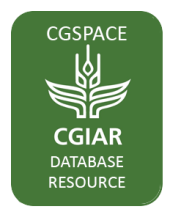/ library resources
Showing items 1 through 9 of 21.In this paper, we present an intensification model based on the intensity of exploitation and use of forests and forest lands as a relevant framework for analysing the appearance, dynamics, and evolution of different types of secondary forests.
Indonesia has extensive areas of post extraction secondary forests and degraded lands arising from intensive exploitation of forest resources in recent decades.
Estimates of the area of swidden fallow secondary forest in Indonesia are inaccurate, partly because swidden agricultural practices giving rise to the secondary forest are heterogeneous. Throughout Indonesia, swidden agriculture is evolving into more intensive land use.
This paper analyses the underlying causes of secondary forest formation and recovery in India, particularly the Western Ghats region of south India, from precolonial times to the present.
The principles and practices for forest harvesting in Indonesia (2000) have been developed to provide a uniform set of minimum standards for logging practices in the production and limited production forests in Indonesia.
The principles and practices for forest harvesting in Indonesia (2000) have been developed to provide a uniform set of minimum standards for logging practices in the production and limited production forests in Indonesia.
This conference proceedings contains 26 papers based on the activities of partner institutions that the Center for International Forestry Research (CIFOR) has facilitated.
With past and continued destruction of primary forest worldwide, secondary forest constitute a large and growing component of forest cover and have been found to be very important for a wide range of goods and services.
Swidden farming is the main agent of conversion of primary forests to secondary forests in the highlands of mainland Southeast Asia, but there is a deterioration and decline of the practice with land use intensification.
Pagination
Land Library Search
Through our robust search engine, you can search for any item of the over 73,000 highly curated resources in the Land Library.
If you would like to find an overview of what is possible, feel free to peruse the Search Guide.

